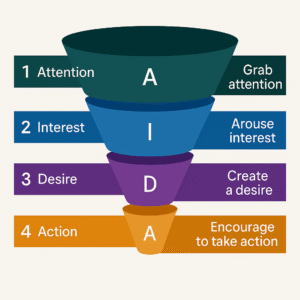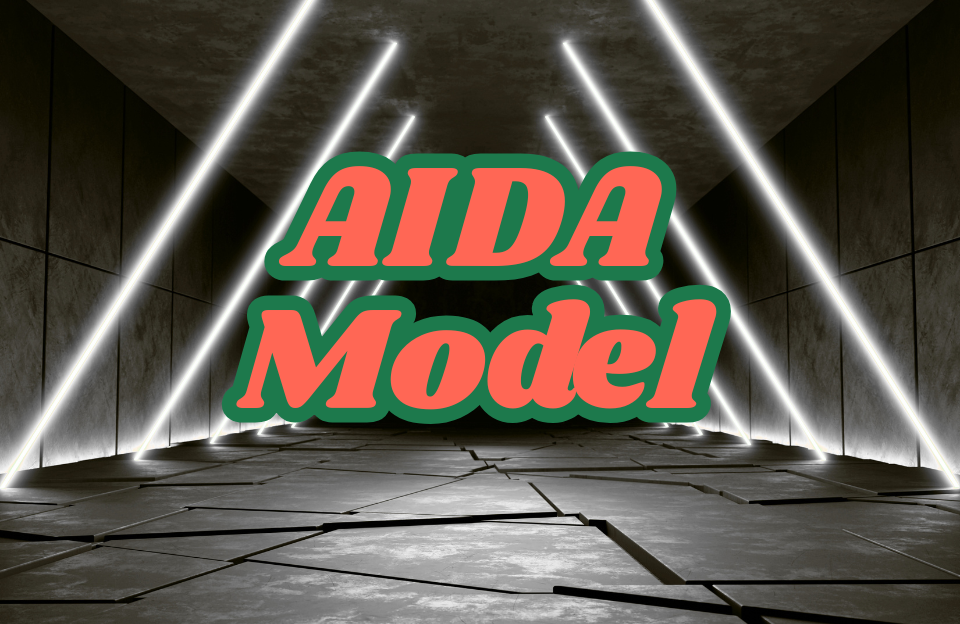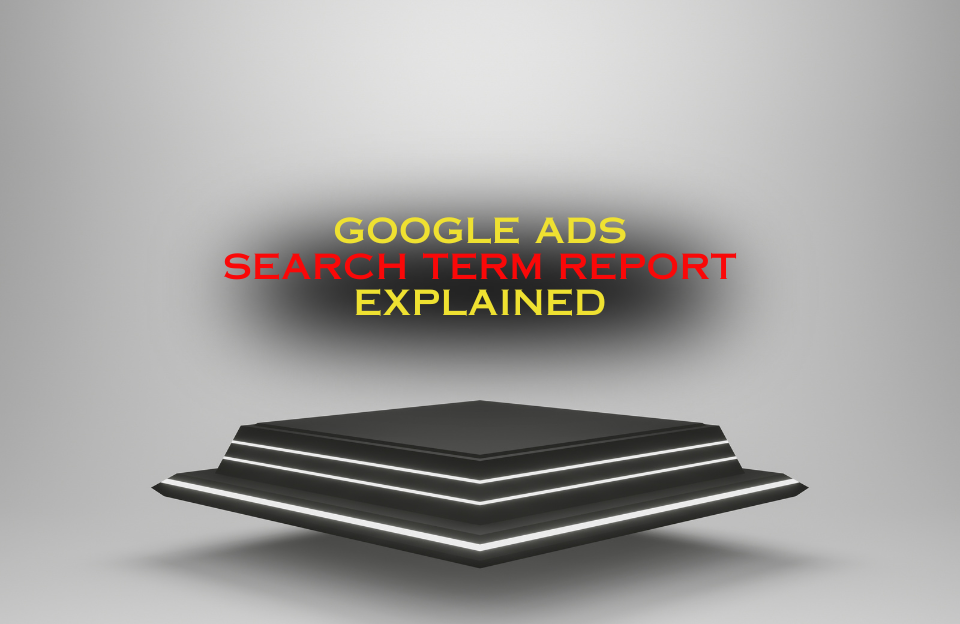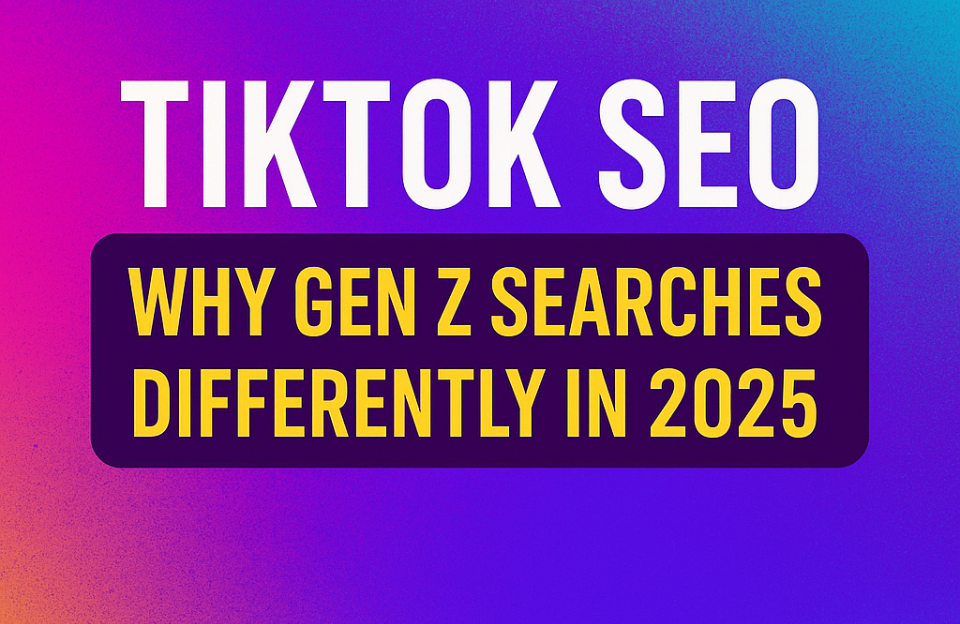The AIDA model is one of the most enduring frameworks in marketing, guiding customer engagement from the first moment of awareness to the final action. Each letter in AIDA represents a stage in the customer journey: Attention, Interest, Desire, and Action. In this blog, we’ll explore each of these stages in depth and show how they help build powerful campaigns that convert. We’ll also provide real-world examples from leading brands like Apple, Nike, and Netflix.
What Does AIDA Stand For?
The AIDA acronym represents the psychological steps a potential customer takes before making a decision. Each phase plays a crucial role in guiding users from passive observers to active participants.

1. Attention
Objective: Grab the target audience’s attention in a crowded digital or physical environment.
Why It Matters: Consumers are exposed to thousands of messages daily. Without capturing attention, your brand or message will simply be ignored.
Strategies:
- Use bold visuals, unique colors, and motion
- Craft compelling headlines or questions
- Leverage surprise, humor, or influencer presence
Example: Apple’s original iPod campaign, featuring dancing silhouettes and vibrant colors, immediately drew the eye—establishing attention through iconic simplicity.
2. Interest
Objective: Engage your audience by showcasing relevance and value.
Why It Matters: Once you have attention, you must make the audience want to know more. Interest bridges the gap between curiosity and deeper engagement.
Strategies:
- Highlight benefits that solve real problems
- Introduce relatable scenarios or emotional hooks
- Use storytelling to deepen connection
Example: Headspace, the meditation app, maintains interest by addressing stress and sleep deprivation through relatable ads and benefit-driven messaging.
3. Desire
Objective: Turn passive interest into an emotional or aspirational want.
Why It Matters: While interest is logical, desire connects emotionally. This emotional bridge increases purchase likelihood.
Strategies:
- Use testimonials and user-generated content
- Create exclusivity (limited offers, memberships)
- Highlight the transformation after using the product
Example: Coca-Cola creates desire by associating its brand with togetherness, celebration, and happiness, especially during seasonal ads like their iconic Christmas campaigns.
4. Action
Objective: Lead the audience to take a clear, specific action (buy, subscribe, book, etc.).
Why It Matters: Without a frictionless path to act, even the most engaged users may bounce or delay decisions.
Strategies:
- Use strong CTAs like “Try for Free” or “Buy Now”
- Reduce steps and simplify forms or checkout
- Add urgency through time-limited offers
Example: Amazon’s one-click purchase and strategic CTAs make the transition from desire to action seamless.
Real-World AIDA in Practice
Brands that master the AIDA model create campaigns that pull customers step-by-step through a journey—turning passive browsers into loyal buyers. Here are a few examples:
Apple
- Attention: Eye-catching, minimalist design and sleek product reveals.
- Interest: Demonstrates how features enhance real life (e.g., camera, speed, privacy).
- Desire: Creates aspirational appeal via emotional storytelling and lifestyle branding.
- Action: Offers pre-orders, in-store events, and simplified online checkout.
Nike
- Attention: Bold visuals and celebrity athlete endorsements.
- Interest: Relatable, emotion-driven storytelling around perseverance and identity.
- Desire: Showcases how Nike products empower users to achieve goals.
- Action: Seamless ecommerce experience with personalized offers and limited-edition drops.
Netflix
- Attention: Autoplay previews, personalized banners on homepage.
- Interest: Targeted content based on user viewing history.
- Desire: FOMO created by trending shows and social buzz.
- Action: One-click signup, free trials, and mobile app promotions.
Conclusion
The AIDA model remains a relevant and adaptable tool for marketers in virtually every industry. While digital channels evolve and consumer behavior becomes more complex, the core journey—from awareness to action—remains the same. When used strategically, AIDA helps brands craft clearer messaging, optimize customer touchpoints, and guide users through the funnel more effectively.
Whether you’re writing an ad, building a landing page, or launching a product, aligning your marketing efforts with AIDA ensures that every element has a purpose—moving your audience one step closer to conversion.




